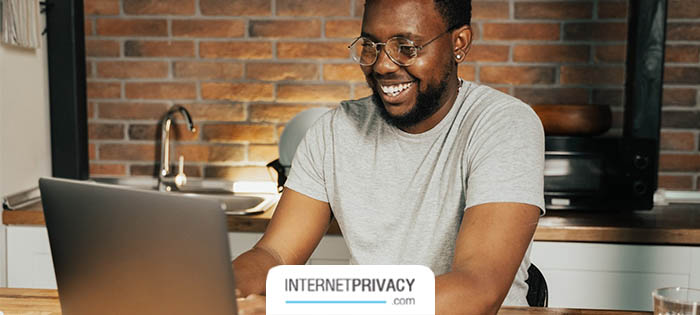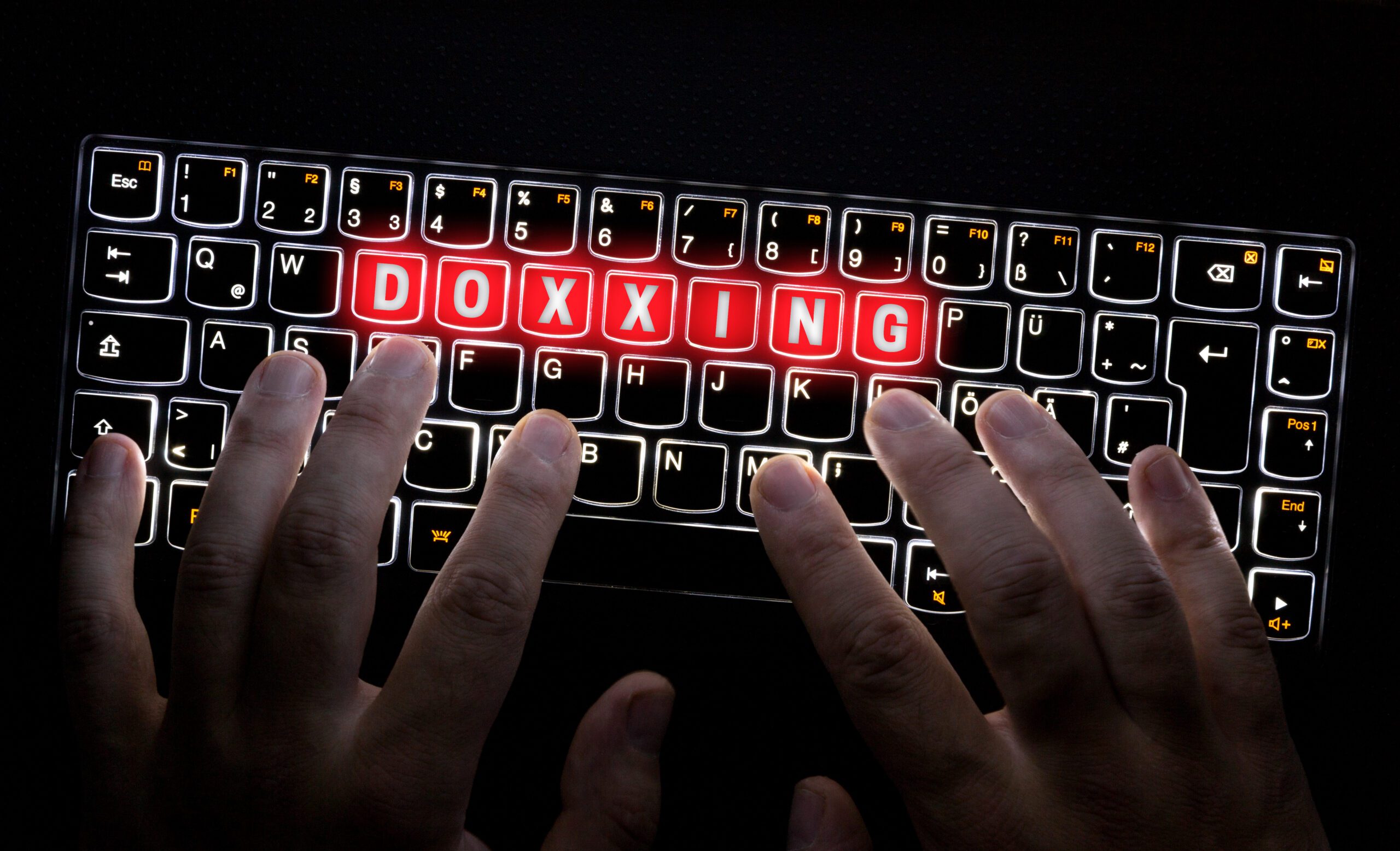Ensuring Your Privacy and Online Safety Settings

Do Privacy And Online Safety Settings Matter?
If you are among the people who believe that privacy and online safety settings don’t matter much, here’s some food for thought. According to the 2020 Official Annual Cybercrime Report by Cybersecurity Ventures, cybercrime is one of the biggest threats mankind is facing nowadays. With predictions estimating the damages will reach $6 trillion annually by 2021, up from $3 trillion in 2015, the future of our digital safety doesn’t look so bright!
While the benefits of the Internet cannot be overstated, there’s always a degree of risk whenever you or a member of your family surf the Web, whether it’s for writing a review, talking with friends on social media, or searching for information. And with more consumers than ever performing banking transactions and engaging in e-commerce, personal identities, bank accounts, and credit card numbers can easily be stolen. Other than financial loss, cyber threats can also include damage and destruction of data, theft of intellectual property, fraud and reputational harm. After all, your personal information can actually be found easily on information aggregator sites like USPhonebook and LexisNexis.
With all these risks threatening the digital existence of both adults and kids from all over the world, how can we protect our privacy and be sure we are managing our online safety settings the right way?
Here’s three steps you can take to guard your online safety and privacy so that you don’t fall victim to a scam or identity theft.
1. Set Strong Passwords For All Your Online Accounts
Are you one of the many people who is using the same password on every single website? And is that password your birthday date, or the name of your cat? You need to stop doing this immediately!
In case you haven’t realized the danger till now, or you naively thought that you have an unbreakable password that no one else can guess, know this – if your password gets stolen in one place it can be used to unlock access to all other sites and accounts too.
Strong and unique passwords are utterly important when adjusting your privacy and online safety settings for both your personal and financial content. Ideally, you should use a different password for every online account you have and each page you visit.
But what do we mean by a strong password?
A strong password contains at least 8 characters, with a good mixture of upper and lowercase letters, numbers, and symbols. Generally speaking, if you can memorize all your passwords, it means they aren’t varied enough to be secure. And in case you are worried you might end up forgetting them once they are too complex, you can always write them down and store them somewhere safe. Or why not, even use a password manager which can help you save and store, but also generate random passwords for each site you visit?
2. Learn About The Privacy And Online Safety Settings Of Social Networks
If you use social networking sites like Facebook, Instagram or Linkedin, you need to adjust your safety and privacy settings to control the type of information you want to share. Although these platforms are destined for socializing and meeting new people for dating or business, in this digital age you can never know who is lurking around online. Unfortunately, social media websites are the perfect place for thieves, child predators or con artists to hide; that’s why it’s better that people you don’t know very well can only see certain parts of your profile.
The first thing you need to be aware of is that social media is open to everyone. Therefore, it is important to understand that whatever we say or express on our profile could become public anytime. Other than that, you need to check the privacy settings on all your accounts and make sure they are limited to “just friends”. With privacy and online safety settings on social-media platforms getting updated constantly, make sure you check for updates regularly and don’t just assume the settings you knew haven’t changed.
3. Turn On Two-Step Verification
Two-step verification adds an extra layer of security to your account by preventing a third party from logging in if your password is stolen. By using more than one type of information to identify an account holder, multi-factor authentication ensures that the person accessing the account is its rightful owner, and not a hacker or a bot machine.
Compared to simple authentications that just use one password, this type of privacy and online safety setting helps to reduce the incidence of online identity theft and other online fraud activities since the victim’s password would not be enough to give the hacker access to their information.
Hoping that you found our post helpful, we’ll end by reminding you that practicing safe surfing habits and adopting essential security practices is essential for ensuring that our computing devices are not being compromised.
If you have any questions or need our support regarding internet privacy, or you want to learn more about how to protect your identity online, don’t hesitate to get in touch! We would be more than happy to answer all your inquiries and find the best solution for your digital situation.






